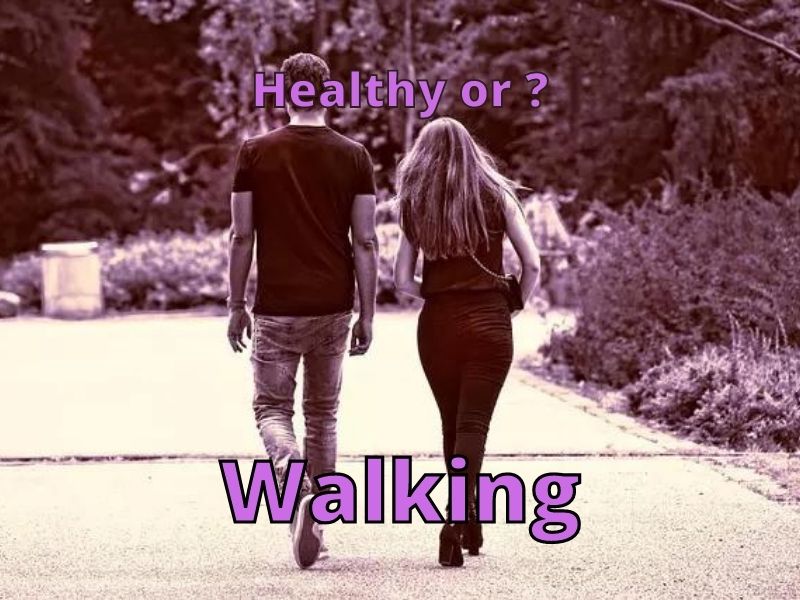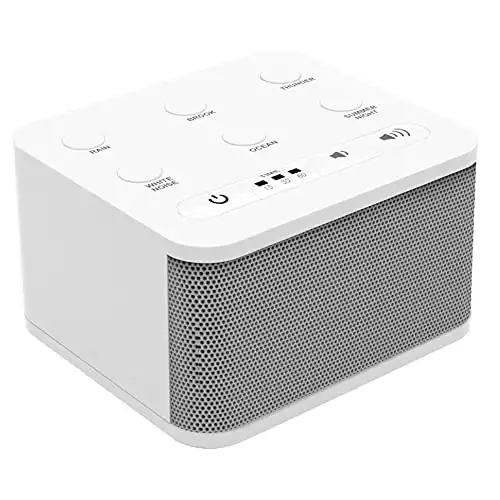If I miss a scheduled workout, I will often go walking at night after dinner. I walk for about 30 minutes and sometimes I’ll do a bit of jogging as well. I’ve come to understand that walking has many health benefits.
A 30-minute walk done regularly will have an accumulative effect such as weight loss, slowing of memory decline and lower Alzheimer’s risk, longer life, stronger bones, improved circulation, toner legs, better immune function, less joint pain, and a stronger heart.
I don’t get to walk too much but I have noticed it also has some immediate benefits as well. Research shows it immediately helps with leveling blood sugar, mood improvement, burning calories, boosting energy, and improving sleep. How would it benefit you?
Why Walk?
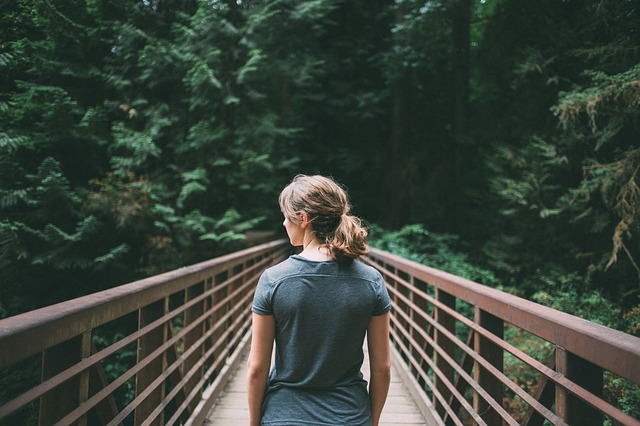
I’ve seen the benefit of getting out and walking. Mostly, I just am in a better mood. As with any exercise program consult your doctor before starting.
If you’re like me, you’ll want to start slowly. When I started exercising regularly my motto was just to do something. It didn’t matter how much I did because I was accomplishing something.
If I could just get out and start exercising, then I would likely do pretty well trying to reach my goal. So for me, getting dressed, then getting out was the most important part.
I slowly built up the amount of time I would spend exercising (article), sometimes only going out for 10 minutes. That doesn’t seem like much, but for me, it was helpful because I was able to give myself credit for accomplishing my goal of getting out.
Walking has some great benefits, so let’s take a look at how it can help us.
Better Mood

I’ve noticed that when I run I definitely have an improvement in my mood after I’ve finished and am returning home. I tend to feel more positive and less stressed. A similar feeling occurs when I am finished with a 30-minute walk. I feel more at ease and am in a better mood.
Research has shown that walking releases endorphins (article) in the brain that help elevate your mood. Walking helps people who are mildly depressed generally feel better and it acts similarly as would an antidepressant medicine but with the added benefit of lasting longer.
There’s a tendency for me to have more energy after a brisk walk, than before. This might be because walking helps people regulate their blood sugar.
Weight
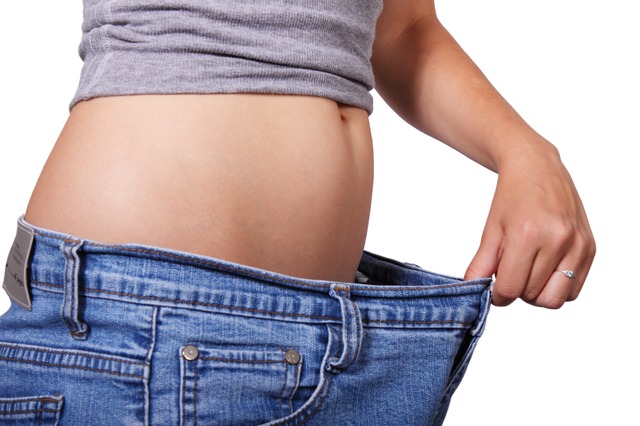
I tend to eat too much at times, especially around the holidays. It’s easy to add a couple of pounds in a few weeks. Lucky walking has been shown to help with weight control.
Weight control depends on many factors, such as how much you walk and your body genetics, but most people who walk year after year (article) regularly find a similar result.
They tend to maintain a healthier weight. The key is to move and not remain sedentary and make moving a regular part of everyday living.
So when I am tired and just need to relax, I sometimes will find some good music I love to listen to and just go out for a walk.

If you try walking after dinner, you might be tired. I’ve noticed I’m tired regardless of sitting and watching TV or walking, but something interesting happens when I go for a walk, I soon start to feel a bit less tired and in a better mood.
I can also help control my weight by speeding up my metabolism (article), I do that by getting my heartbeat up a bit more than my normal walking heartbeat.
To get started with increased metabolism, walk faster during portions of your walk. This will speed your heart rate, and depending on your intensity and consistency, your metabolism will increase. This interval training starts to pay off over time.
As your metabolism speeds up, your ability to burn energy from food will speed up and weight loss will be easier.
Of course, diet plays an important role, but metabolism for me is a key factor in my weight control.
Research done by Harvard researchers (article) has also shown that briskly walking for about an hour changes how your genes control your weight.
Reduce Stress
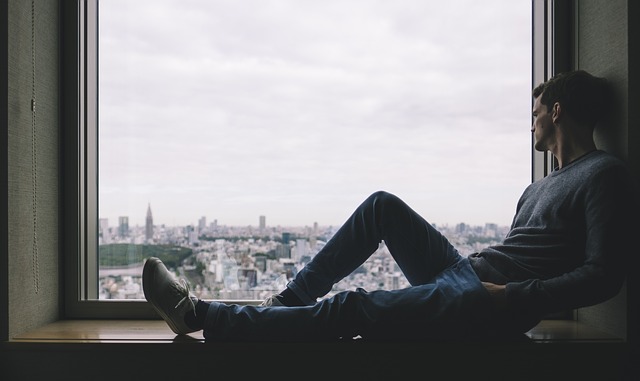
I mostly feel better after a walk for 30 minutes. My stress levels are reduced and I can get things done better without getting stuck so much.
People usually need a physical outlet to help balance chemical levels in the brain. When exercising, the levels of dopamine and serotonin are higher, helping people feel less stressed and better able to handle stressful situations.
If you’re feeling stuck (article), frustrated, mad, or sad, a brisk walk might help in the short term by elevating the release of chemicals in the brain. Get the help you need now by walking.
Memory

Better memory and an increase in neural connections are the benefits of exercise. In studies (article), walking has been shown to increase memory and the ability to focus.
It also helps people feel more creative, maybe because the feel-good chemicals that are released help with inhibitions.
Prevention

Heart disease affects so many people in the United States, but regular walking can help your heart. Diabetes (Amazon Link) is also a chronic problem for the US. Walking helps with sugar regulation and lowers your risk of developing diabetes. It also helps with lowering blood pressure.
You’ll likely live longer with a regular walking routine. Exercise can and will change how your brain and bodywork, increasing your health and preventing body problems.
Aches and Pains

While I’m not sure of all the reasons behind my reduction of joint pains, I feel much less pain now that I have been walking more. I have also been doing more legs exercises (article), like squats and lunges.
Walking has been shown to help reduce the pain some people feel in their joints. Those with arthritis can benefit from walking regularly.
Stomach Health
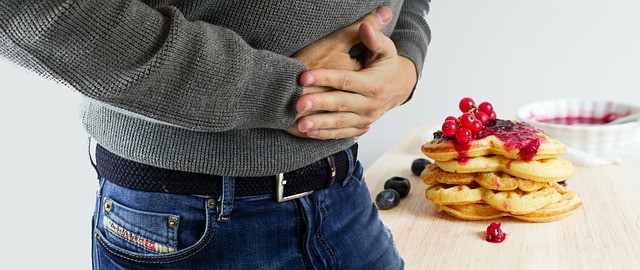
If you have a sweet tooth, then walking can help you feel like you may not need that sugary snack that has been calling your name.
Walking also helps with stomach muscle development, helping to increase healthy bowel movements.
Sleep Well
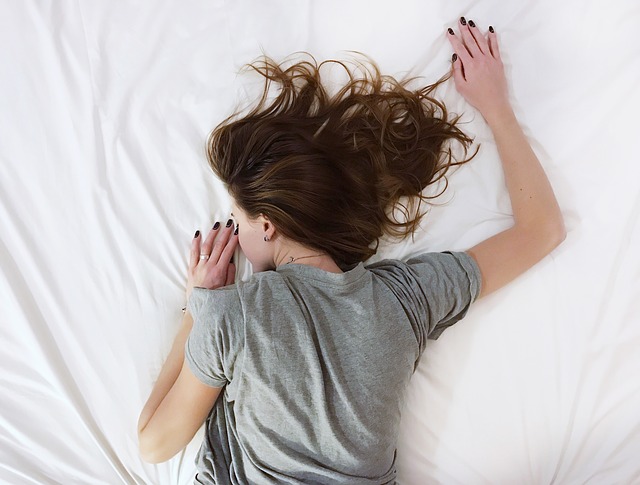
If you want to get a good night’s sleep, sometimes exercise will help. Try to exercise three hours before or more before you go to bed. Your body will be able to rest and relax more.
“A study in the journal Sleep found that postmenopausal women who exercised for about three-and-a-half hours a week had an easier time falling asleep than women who exercised less often.” (Study Link)
Thinking Time

Need some time to get away from everything for a while. I will walk at times and think about situations that are troubling at times. When I come back, I recognize that there’s a solution, and I feel different than when I first set out.
Try walking until your perspective has become a bit different. Think of many possible solutions without judging and have a self-brainstorming session.
Toner Leg Muscles
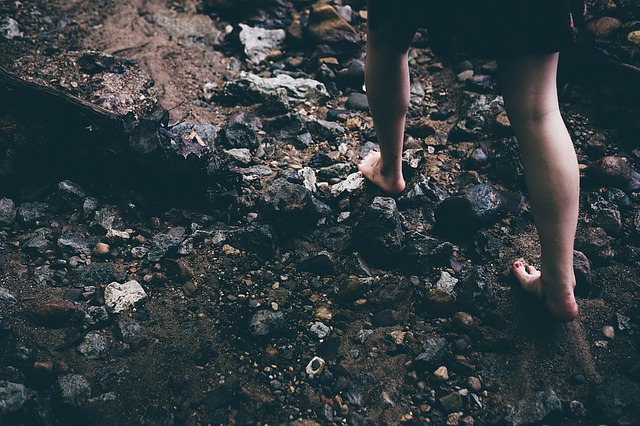
The more you walk, the more your legs will use the muscles that support your body. Over time you’ll notice your legs start to look healthier.
Sunshine

Get some health benefits from the sun. I remember being out in the sun repeatedly over the course of 20-30 minutes 5 days a week for about 3 weeks.
After about a couple of weeks, I noticed I was feeling different. The vitamin D created via the sun’s rays may have been helping elevate my mood.
Walking Routine
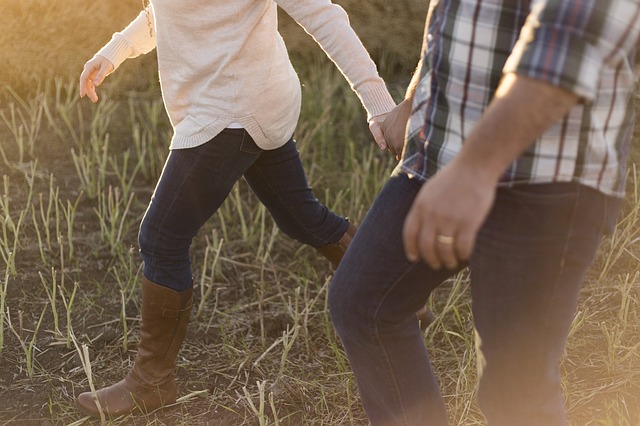
Walking wherever you go will bring some benefits. It’s the consistency where people tend to get stuck. We are very busy as a society and have lots of stress. There doesn’t seem to be enough time.
The truth is that we will likely have to trade off one thing for another to accomplish our fitness goals. I needed to trade staying up till 10:30 pm for staying up till 9:30 pm.
My sleep is important to me, so I didn’t change my sleep hours. I decided to go to bed earlier and get up earlier.
Set Your Goal

You’ll want to decide on a routine that works for you. How often would you like to walk each week?
A change in routine can be refreshing and possibly difficult, but the changes you make for your health will be worth it. Decide what you want and clearly see the obstacles that will likely be in your way.
Decide how you will overcome the obstacles that are blocking you from success. Do you need an exercise partner? Do you need someone to help out with some responsibilities? Do you need someone to help with weekly planning?
Have the resources you need beforehand so your new routine is possible. If not, you can always just start small and work toward your larger goal while you work on getting your needs met to help you exercise regularly.
My motto is just to get started, even if it’s once a week for a couple of minutes, and work on expanding your goals along the way. Just don’t give up; keep it up over time.
Warm-up
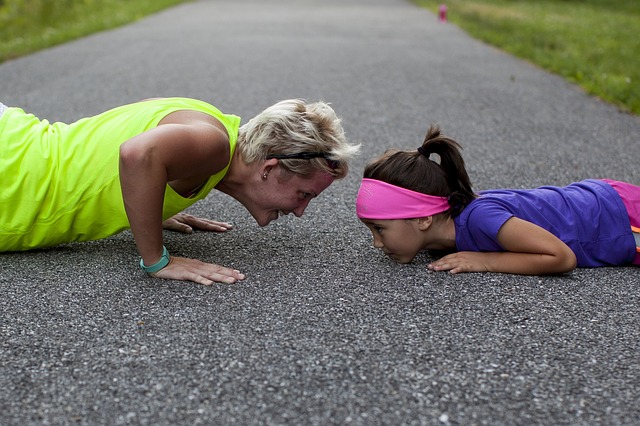
It’s important to warm up before exerting effort and cool down after you’re done.
You’ve likely decided on a routine and how long you want to walk. To ensure the best results, warm your legs up first.
Start by walking normally for about five minutes to get your legs warm and then you’ll be able to increase the pace to get your heart rate up if you want.
You can alternate between normal and faster pace or do either one. Just ensure your legs are warmed up for the task and are not put under too much stress.
Injuries from pushing too hard or stretching too hard are common for those trying to keep an exercise routine. To reduce injuries, warm up your legs slowly and cool down as well. (Amazon Link)
To cool down, you’ll want to get your heart rate to a fairly normal level before stopping your exercise. Just walk at a normal or slower pace until your heart slows down.
Stretching
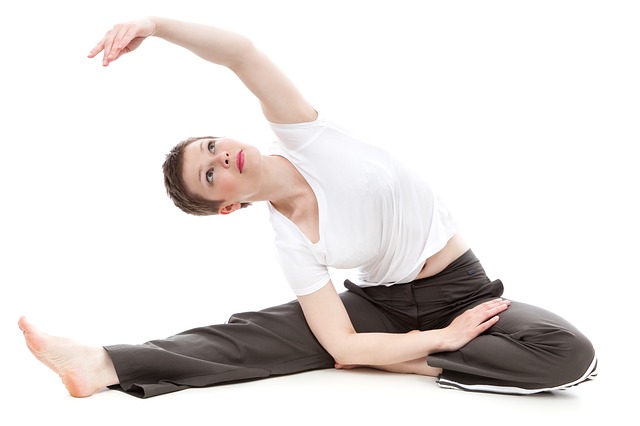
It’s usually recommended by most people to stretch after you exercise. Injuries from stretching can occur before exercising if the legs haven’t been properly warmed up.
In addition, the stretching you’ve done before exercising may not be as effective as when stretching after exercise since you’re tightening your muscles right after you’ve stretched them.
To effectively stretch, go slow.
If your legs are already tight before you exercise, try putting on some warm leggings or clothing over your legs. Don’t push too hard; just take it slow and easy.
After you’re done, consider taking a warm bath and soaking your legs for a while. Then, get a massage or do some slow stretching where your muscle is tight. Just don’t push the stretch too much.
Resting Your Legs
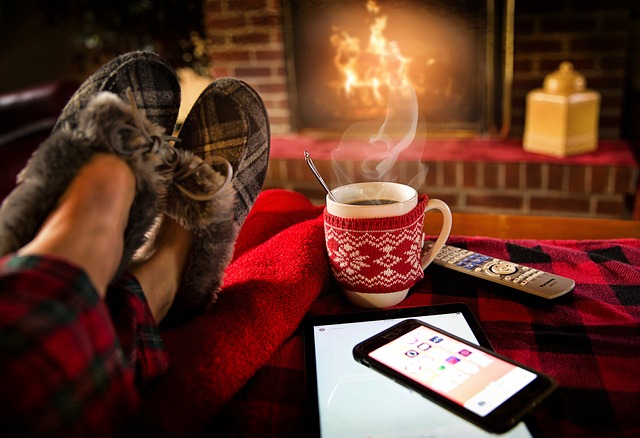
When I could not run or lift weights because of joint pain, walking was a low-impact way I could exercise. I could rest one day and walk the next day to give myself time off from running. Walking causes less impact on my joints, yet can have many of the same benefits as running.
If you’re not used to a walking routine, you’ll need to take time to rest your legs several days each week. Muscle discomfort is normal when starting a regular exercise routine, but pushing too much can be harmful.
So when do you rest? To be safe when starting out, walk one day and take off the next day. Alternate this way each week. If you feel like you can do more, try two days of walking before resting one day.
Another method is to talk about small strides each day. Walk five minutes each day for a week, and then try ten minutes a day for a week. Take at least one or two days to rest your legs each week, regardless of your daily walking routine.
Resting your legs will give them time to repair the damage and build muscle. Too much stress on your legs will start to cause damage that the body will not be able to repair without rest.
Be safe

Walking with a partner is one of the best ways to stay safe. It helps with danger from animals, strangers, and accidents that may occur. Don’t forget to always stay in lit areas at night.
Your walking partner will possibly be your best protection from strangers. They can also help when someone sprains their ankle. Maybe the best reason to have a partner is for motivation and having someone to talk to.
You can use a small hiking backpack or a fanny pack to hold helpful items. Some of the things I carry with me are my phone, earphones, water, and reflective bands.
Use your pack to carry anything you might want, like pepper spray, a personal alarm, a collapsible walking stick, a phone, and water.
If you do decide to walk at night, make sure you have a good flashlight. I use a headlamp and it works really well without the need to hold anything.
Increase Your Health Benefits
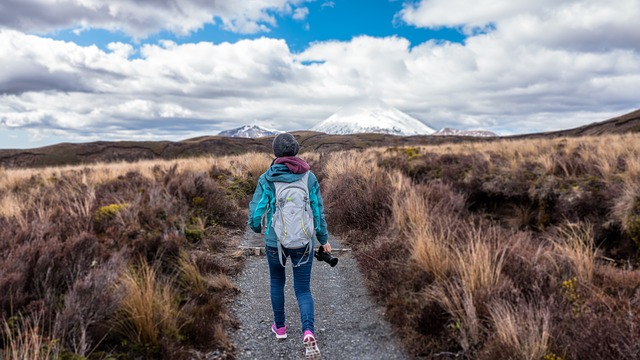
The more you walk, the greater the health benefits seem to be, taking into consideration the need to rest your legs enough for them to recover.
Faster walking paces with help will also help. Your heart will beat faster and allow greater benefits to your body. Just don’t overdo it.
Try parking further away while at work or shopping. Consider walking to the store if it’s close enough. Walk to your friend’s house.
Use your phone or a pedometer to check in on your goals. Challenge yourself and get a partner to help out.
Shoes to Wear
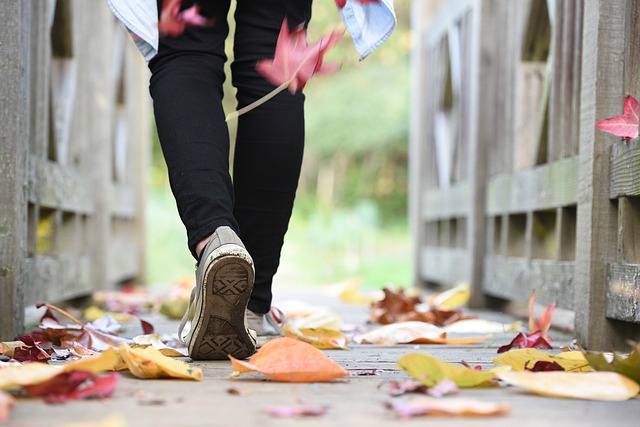
There are plenty of walking shoes out there. Most walking shoes will work fine, but consider where you’ll be walking most of the time and what your goals are before buying a new pair of walking shoes.
If you’ll be trail or park walking, a shoe with a nubby tread will be helpful.
If you’re walking on the sidewalk and street, a non-slip sole flatter sole might be best.
If you’re trying to develop stronger foot muscles, a zero-drop walking shoe with a wide toe box might be helpful.
Your shoes should have adequate arch support (article) for your feet and feel comfortable right out of the box. Double-check that it fits your foot size correctly, and if not, return it ASAP.
Get the best shoe that works for your situation so you don’t encounter problems later.
Thanks for visiting Helpshoe.com
Related Questions
Should I walk in the morning?
Getting out in the morning to exercise is a great idea for a couple of reasons. It helps with your sleep by signaling circadian rhythms. Walking in the morning will help you feel more awake and elevate your mood. A 30-minute walk works well for many people.
How to walk more each day?
Walking more has many health benefits but is difficult for busy individuals. Start by getting a standing desk. Walk up the stairs. Park away from destinations. Take the dog out twice. Get a partner to help you stay accountable.

